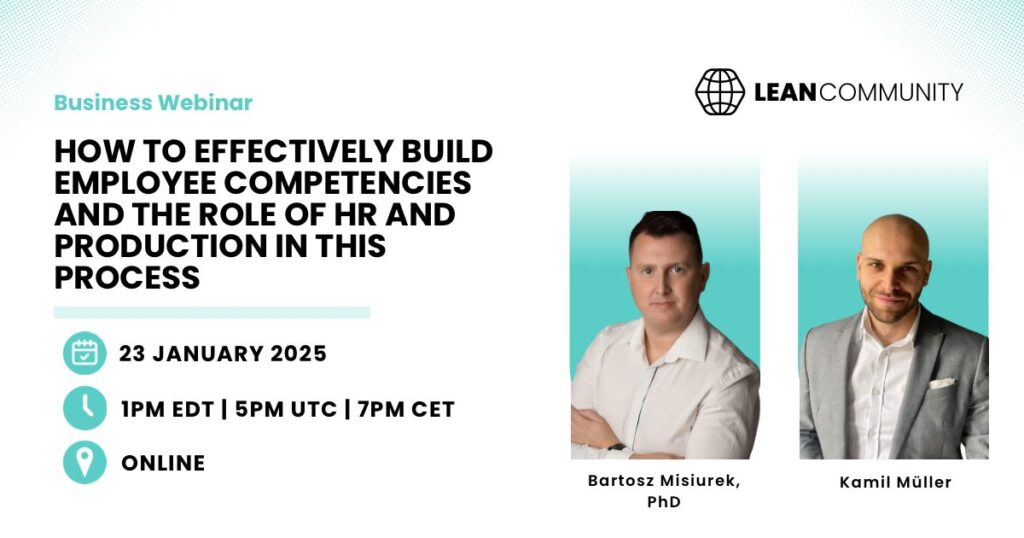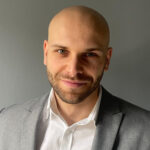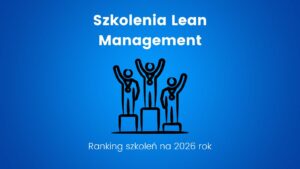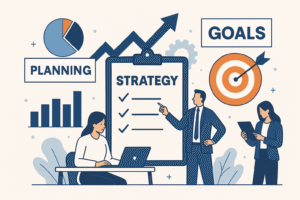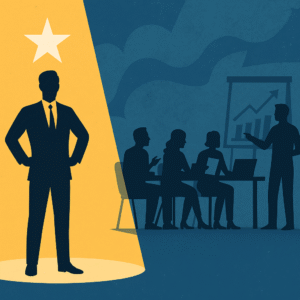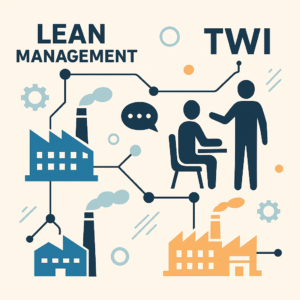How to effectively build employee competencies and the role of HR and production in this process
Length: 90 minutes
When: Wednesday, 23 January 2025 at 5:00 PM UTC
Local Times:
- 10:00 AM in Los Angeles
- 1:00 PM in New York
- 6:00 PM in London
- 7:00 PM in Warsaw
How to effectively build employee competencies event focuses on building employee competencies by utilizing tools like Skill and Competency Matrices. The presentation outlines the role of HR and production in this process and highlights the differences between the Skill Matrix and Competency Matrix. The Skill Matrix primarily tracks an employee’s skills but is often subjective, outdated, and not used for development planning. In contrast, the Competency Matrix is more comprehensive, integrating training and skill management to create a holistic development plan for each employee.
Key challenges associated with the Skill Matrix include:
- Infrequent updates
- Focusing on past skills instead of development
- Limited involvement of HR
- Subjective evaluations
- Lack of effectiveness in actual operations
How to effectively build employee competencies – sumarry
The Competency Matrix addresses these challenges by involving both HR and production in assessing and certifying employees’ progress. It provides a strategic and technical perspective on competencies, ensuring an employee’s skills align with both operational efficiency and long-term growth.
Additionally, the event discusses the role of area leaders, highlighting the mix of hard (e.g., machine operation and safety standards) and soft skills (e.g., conflict resolution and communication) required to guide employees effectively in a production environment.
